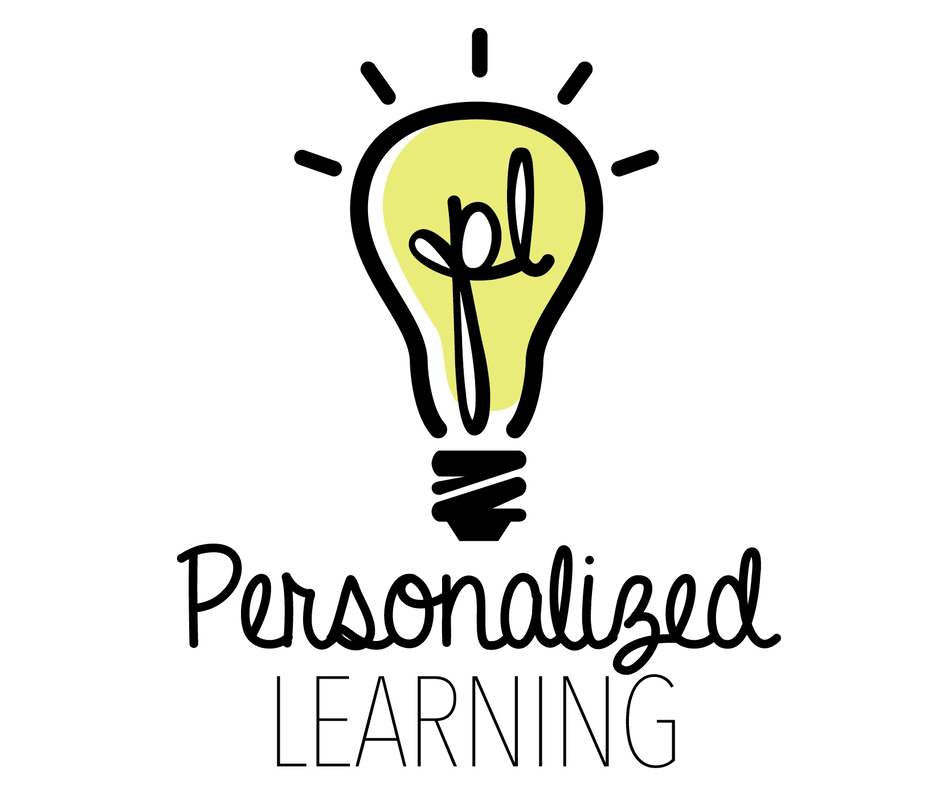|
“Houston, we have a problem.” This quote is a daily reminder to me of what the crew of Apollo 13 experienced. Faced with possible death, they used their critical thinking skills and determination to defy all odds and they made it back home. Sometimes being in the classroom with a room full of students at all different levels seems like an impossible mission, not life threatening but difficult. James Lovell, the commander of Apollo 13 was quoted as saying “There are three types of people. There are people who make things happen, there are people who watch things happen, and there are people who wonder what happened. To be successful, you need to be a person who makes things happen.” The crew on Apollo 13 did not have the option to watch and wonder and neither do we as teachers. Every day that we get out of bed we do so with the intent to make something happen. The Innovation in Teaching Fellowship has helped me see that education is changing. Every fellows is a maker. We are changing the way education is being presented to the children. We are redesigning our classrooms and the way we deliver our lessons. No longer will students have to sit in rows and be fed their education. Through the introduction of personalized learning, students are now taking part in their learning. As part of this fellowship, I had the opportunity to visit schools in Colorado where I watched students working through their weekly goals. They were not in desks or in rows. They were at tables, on couches, bean bags, and the floor. They were reading, writing, working in small groups and on the computers. Their reward was not free time or extra recess. They were working hard so that they could work on their projects. Some students were working with the parks department to help plan a useful and fun design to the park near the school. Others were working on cutting down the energy use at the school or how to build a greenhouse for the school garden. Third graders had designed products, produced them, and partnered with a charity so that would benefit from the sale of their product. They had raised over $14,000 this school year already. Whether they were helping with the park or trying to save energy, these students were motivated. The atmosphere at these schools was different. Students almost seemed to be working side by side with their teachers. The maturity level of the students was also very impressive. These students are not just learning reading, math, science, and social studies. They were learning work ethic, time management and problem solving skills. They have seen someone make a difference and they know that they can also. That is where I have found myself. I have seen what is possible and I too want to make that happen. We need to make sure that our children know that they have the power to make a difference. They have the power to help guide their education. Education as we know it is changing and I don’t just want to watch it change. I don’t want to wonder when it changed. I want to be a part of making the change. My students are recycling. Not just in my classroom. They are making sure that the whole school is recycling. They learned about a problem, they asked questions, they now understand the problem, they have navigated a solution, they have created a plan, they have highlighted and fixed their plan, and they have launched their idea. They show up on my portable door twice a week in the mornings. Not on time but early, to do their part. There is no reward from me. They realize that they are part of something bigger and they want to be involved. This is where this program has gotten us. This is the innovation in teaching.
1 Comment
Have you ever tried to run a marathon? Well, learning and implementing Blended Learning is a lot like getting ready for a marathon. At first you tell yourself, “If other people can do this, so can I.” Then you begin training, educating yourself and before you know it you’re hitting the track, or in my case the classroom floor running. Yet, at some point you become overwhelmed thinking, “Can I really do this? Maybe I should go back to what I was doing before. It seemed to work and I was good at it!” Of course there are those days when you have to just splash the cold water in your face and recognize how far you’ve come and the impact that you’ve made. Before you know it you’re running that race and nothing can stop you. Let me tell you about my marathon. I joined Dallas ISD’s Innovation in Teaching Fellowship to recondition my mind. I knew very little about Blended Learning before I entered the fellowship, but I was eager to learn. Our first few days were filled with trainings and collaboration; I felt motivated! Then, the school year started. Think of the first day of school as my “starting line.” At first I said, “Pace yourself.” Although, that didn’t happen. I took off sprinting, implementing as much as I could from training within the first six weeks. Station rotation, playlist, choice homework, flex seating, and the 7 Habits. By the end of the third week of school, I was exhausted! This was all new to me and my students, and not to mention I was teaching a mixed-age group, for the first time. Eventually, I had to go back to the drawing board and redesign my approach and implementation. In other words, LAUNCH, using design thinking to boost creativity and bring out the maker in every student. This marathon now included my class; we would run a unique course together.
helped with classroom management and culture. Before, students struggled with transitions, valuable time was lost and everyone was frustrated. Now, students use a choice board that focuses on “Must Do’s, Can Do’s, and May Do’s” allowing for more fluid transitions. Throughout the journey, I’ve implemented other systems that didn’t work as well as others, however the most important lesson of it all was understanding the students’ misconceptions and listening to their feedback. Throughout this experience, I have been excited to teach, struggled to understand why things didn’t always work, innovative, felt stressed, overwhelmed, wanted to give up, became re- inspired, and most importantly, became transpired into a Blended Learning educator. Now, are you ready to start your marathon?
Teaching is a high-pressure, fast-paced and a highly responsive career. Teachers face a plethora of daily choices such as how to organize classrooms and curriculums, how to interpret students' behaviors, how to protect learning time, and how to create a safe learning environment. Many choices involve matters so routine that a teacher can make and implement decisions automatically. But teaching also involves complex choices about difficult problems that, if left unaddressed, often escalate or hinder students academic growth. A different type of process is needed in order to address these complex challenges and that process is called, design thinking. Design thinking is an intentional process to construct fresh, relevant, and creative solutions to old problems. This process allows students and teachers to look at broken systems within their classroom with lense for empathy to create a prototype that will fix a broken system. When I first heard about the Innovation In Teaching Fellowship I was immediately excited because I personally love to grow. I love the process of picking apart things in my classroom that didn’t work and figuring out how to make them better so this fellowship fit me perfectly. During the summer we participated in a Summer Design Sprint which breaks down what the Fellowship is all about. Throughout the experience,we also read two books called The End Of Average and Blended which both takes a 21st century look into education. One of the biggest things I realized is that over the past few decades things in our world have changed. In the industrial era it was important for students to develop a skill of memorization so they could be successful when they grew up in the career or trade they chose to participate in. As we continue in the 21st century I realized that critical thinking skills, problem solving skills, creative thinking skills, and innovation are critical in order for our students to be successful. One of the biggest lessons I learned from this entire process is that students do truly care about their learning. Students want to be involved in their learning path and when they are given the choice to decide how they will or the way in which they learn best, students really do begin to take ownership of the learning process. This year I included my 5th grade students in helping me determine how they will learn the reading standards they will need in order to be successful. As a collaborative group, so far they’ve increased their academic readiness by 42%. As students began to make decisions on how they would learn I saw them transform into students who are invested in school. They now love school so much that they beg their parents to drop them off early so they can come to my classroom to finish work, spend time with me, or begin redesigning other aspects of our classroom system. This level of engagement inside and outside of the classroom, has led to a decrease in office referrals and We have had very minimal behavioral distractions and when they do occasionally occur the other students in fifth grade help guide that student back on the right path. This year we worked on two design cycles. The first one I helped the students with and the second one was student led. Now students are identifying academic barriers and creating plans that address them on their own. As I continue to learn more about Design Thinking my hope is to bring it back to my campus and instill in them the importance of this process. The Innovation in Teaching Fellowship helped more than 40 teachers of all different backgrounds with various years of experience realize that we need to change the way we teach as well as the way our students learn in order for them to be successful in the 21st century. This program allows teachers to pick the path that fits into their current teaching assignment the best. I encourage any teacher who is thinking about how they can improve their classroom to join this fellowship because it truly helps you develop as a educator. The key to success in this fellowship is having a growth mindset. Once you trust the process you will truly begin to see your students flourish before your eyes.
Change was what I yearned for since last year’s chaotic school year. Sticking to the basic teaching script was boring me. Activating prior knowledge, you do, we do, and etc. was just so repetitive. And as any educator knows, if you are not feeling it, the students aren’t either. A change in the lesson cycle was the key I needed to transform every student’s learning experience into an exciting one!
Both pathways (blended learning and project-based learning) were interesting and definitely in the right direction in terms of what I wanted to accomplish for the upcoming school year, but I decided the blended learning pathway was the right fit for me. It seemed to be teaching methods I could easily implement in my classroom. The blended station rotation sounded like centers, technology stations screamed Reasoning Mind, and students tracking data … sure that’s what ACE (Accelerating Campus Excellence) campuses do. I thought to myself, “I can do this!”, until leveling took place at my campus and I was no longer the third grade mathematics and science teacher, but the second grade one too. After leveling I had 27 second grade students in my tiny classroom during the morning and 22 third graders in the afternoon. I had to find a way to adapt to my new environment. The blended station rotation model was a life saver! It allowed me to group students based on needs, which in turn helped me focus on the lowest SEs with struggling students. It was a struggle at first. Teaching rules and not having access to Reasoning Mind at the end of September was something I never accounted for; however, as data would later show, it was for the best. Students did great on their ACPs (Assessment of Course Performance) in both grade levels. Technology was one of the greatest assets I had this year. I implemented it on a daily basis but then hit a wall when I thought every station rotation had to include technology. This is a misconception that many believe a blended learning classroom should look like. I quickly learned that it is just one of the stations you can utilize . MobyMax was one of the two technology stations I created. While utilizing MobyMax students would work at their own pace focusing on struggling SEs. I could even assign lessons that I felt were best tailored to their needs. This school year has been fun, challenging, and yet rewarding at the same time. Sure there are several aspects of the blended learning program I wish I had more time to implement; however, I now realize this is a lifelong process. As long as you keep the wheels in motion, and allow yourself time to improve upon the mistakes that have been made, you will succeed. I know when I have finally obtained my goal, there will be another component to the blended learning program that I will have to try. To me, innovation in education is an alteration in your instructional practices that will eventually lead to a breakthrough. The notion of one size fits all cannot and should not be applied to any classroom. Every student learns at a different pace and utilizes several resources to reach their full potential. In my opinion, traditional classrooms are not functioning as they used to. Many students fall behind when they do not acquire mastery of a skill. We must learn to adapt to this changing environment and not be afraid to get our hands dirty by trying new and exciting things in our classroom.
Over the past four years, the central PL team has found that one of the best ways for educators to see personalized learning firsthand, grow professional networks, and be inspired to innovate within their own learning spaces is by going beyond their school walls and participating in learning excursions. Destinations like Denver, Colorado provide the perfect opportunity to learn more about the successes and struggles of districts and charter networks transforming education to better meet the needs of students with a more personalized and innovative approach. The central PL team recently traveled with campus leaders from two district high schools, as well as teachers participating in the current cohort of the Innovation in Teaching and Learning Fellowship, a 10-month teaching fellowship rooted in user-centered design to re-imagine how we educate every kid in Dallas ISD. Over the course of two days, our educators connected with students, teachers, and leaders at schools, visited classrooms and advisories, asking questions and reflecting on their own practice along the way. After her time visiting schools in Denver, Amanda Jones, an Innovation in Teaching Fellow from Bryan Adams High School, was inspired by how “an ordinary school day can be transformed when leaders rethink all that’s possible within an ordinary school with ordinary time constraints and strive to redesign existing school structures to offer truly extraordinary experiences for students.” Amanda was energized and committed to exploring how she structures time in her classroom in order to build stronger relationships with her students. Heather Houston, a Fellow from Rosemont Elementary could not wait until she got back to Dallas to implement more flexible seating after her visits, literally. Using an app for buying and selling furniture, Heather’s classroom became instantly more flexible before she even got home. Visits can also reaffirm what is working well within your learning space. Jose Delgado, a Fellow from Bryan Adams High School, felt refreshed after seeing advisory models in place that help support students and work towards skills beyond a typical curriculum in action, a practice his campus is currently implementing. Richard Kastl, Principal of Bryan Adams High School, was committed to continuing building capacity with teachers around their use of blended learning strategies in the classroom. 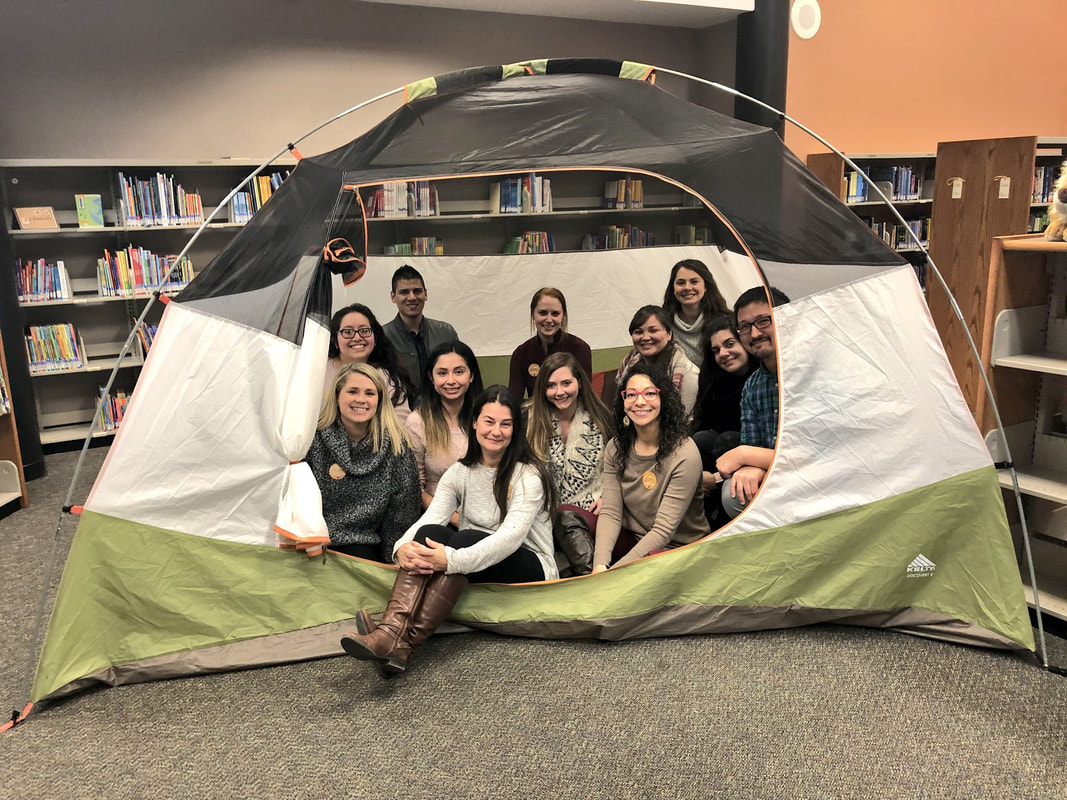 Fellows and campus leaders campout for the afternoon at Lone Tree Elementary in Lone Tree, Colorado outside of Denver (Back Row: Vanessa Roper - Kiest Elementary, Alexander Vela - Umphrey Lee Elementary, Courtney Rogers - PL Central Team, Carmen Sanchez - Salazar Elementary, Nicolette Luna - Salazar Elementary, Yoely Alfano - Salazar Elementary. Front Row: Kristen Watkins, Director of Personalized Learning, Krystal Sanchez - Rosemont Elementary, Heather Houston - Rosemont Elementary, Nicole Bixby - Salazar Elementary, Tia Fuentes - Salazar Elementary, Matthew Hight - Joe May Elementary) Interested in planning a learning excursion, but not sure where to start? Whether it is down the road or across the country, here are some things we consider before takeoff - Plan with purpose
|
Brought to you by the Personalized Learning Department at the Dallas Independent School District.
Categories
All
Archives |

This work is licensed under a Creative Commons Attribution-NonCommercial-ShareAlike 4.0 International License.
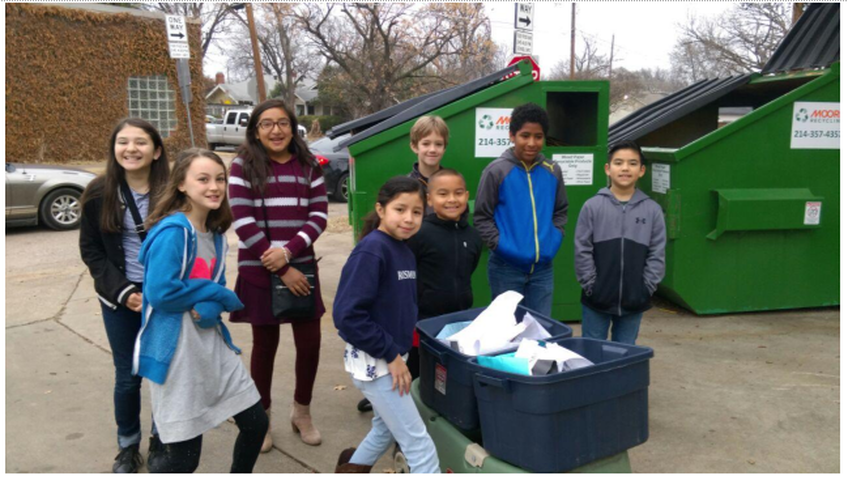
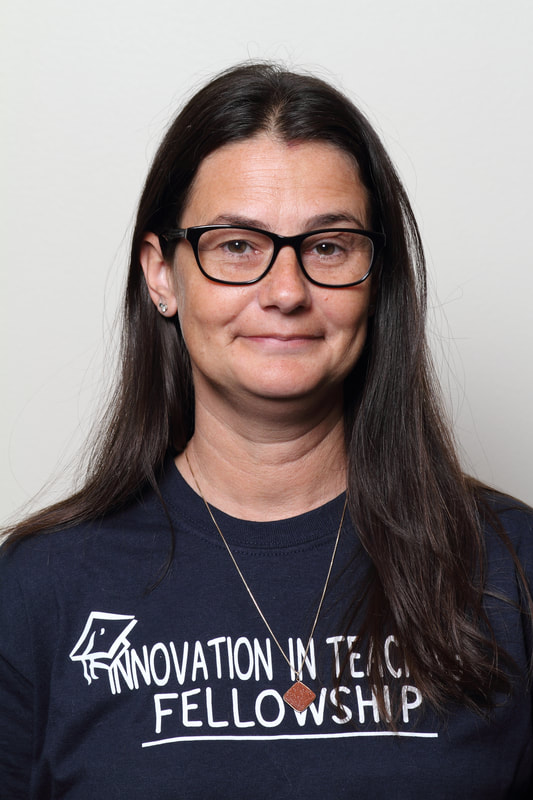
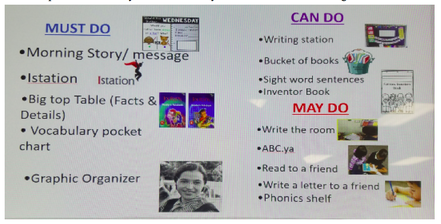
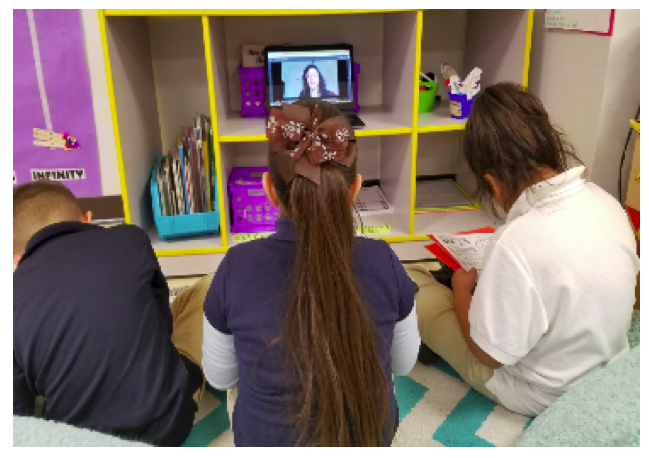
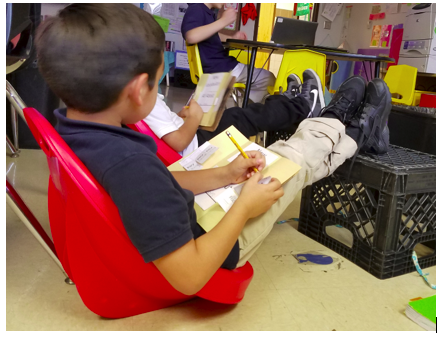
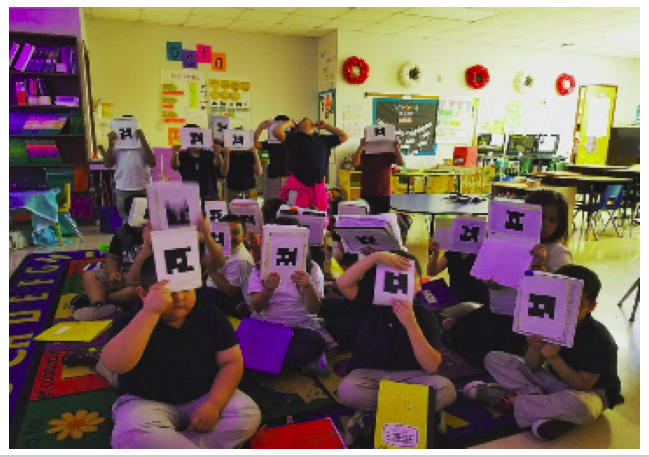
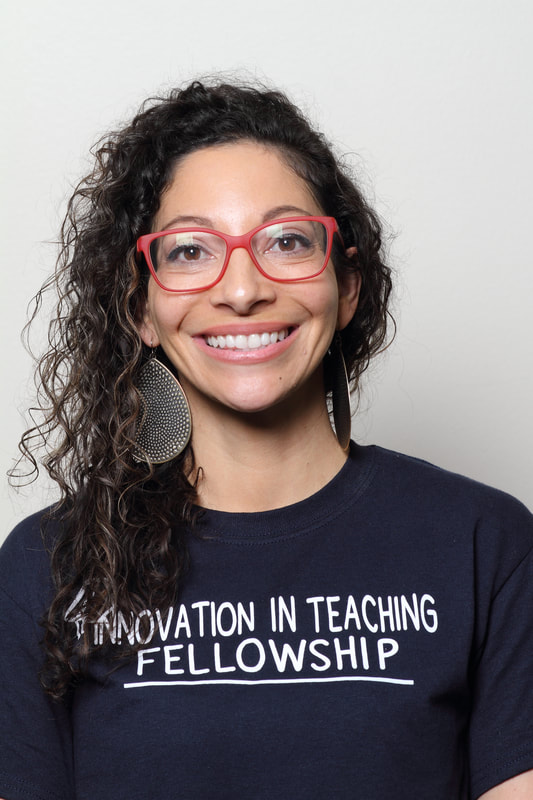
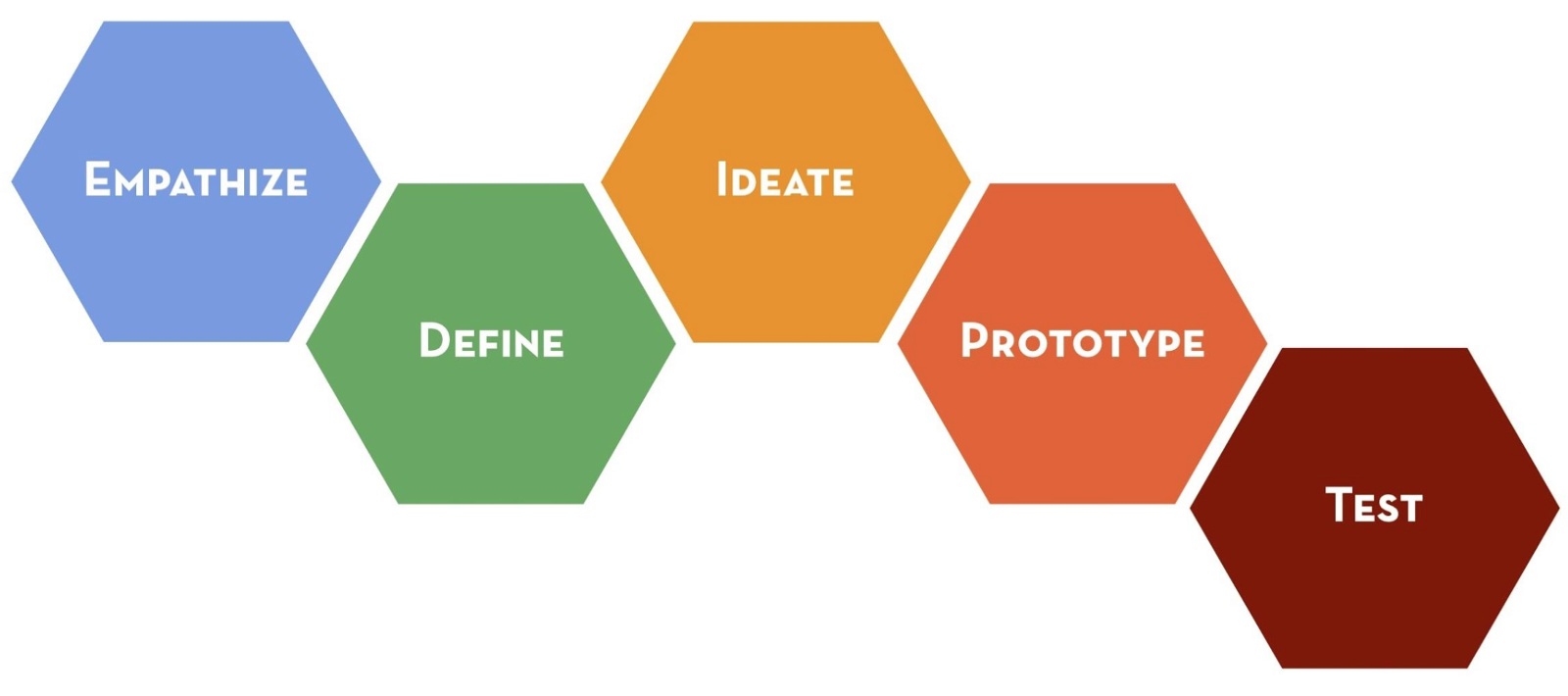
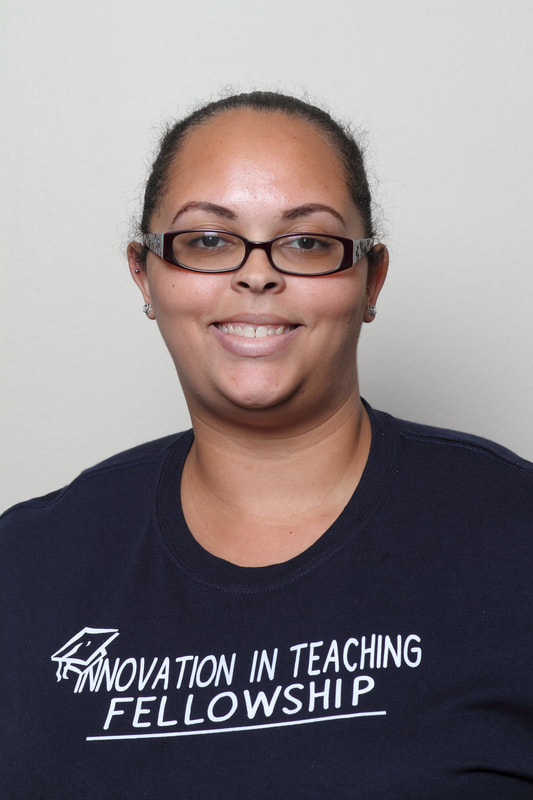

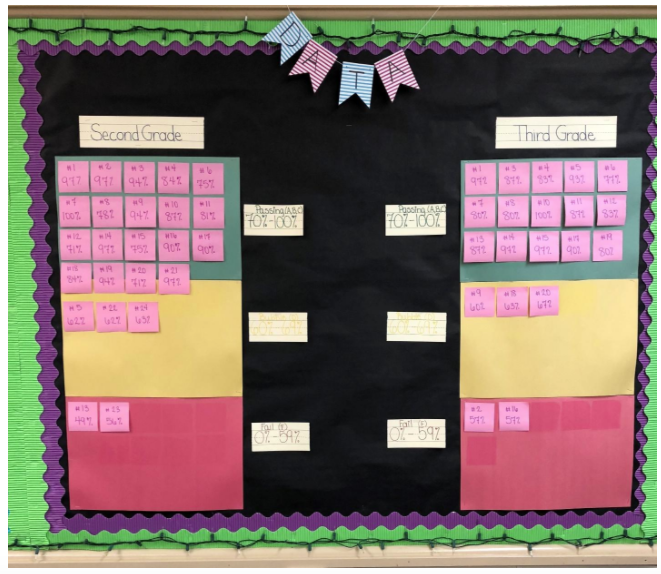
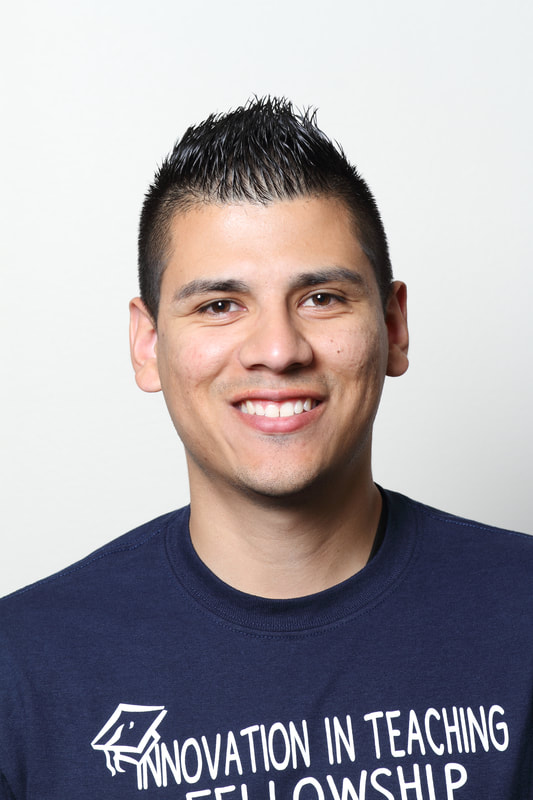
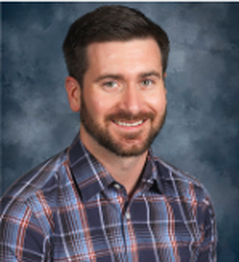
 RSS Feed
RSS Feed
